The Kashmir Conflict - Part I
Iggy Ice Publicity - Part I (Getting 2 Know U)
What better way to get the history and facts, then wiki, ha! That's what I refer to it when the kids and I look stuff up. It's a cool tool, because if someone says something you don't understand, instead of dismissing them, or it, as in the case of the Kashmiris, it's best that the kids and I look everything up ourselves. We're planning to write to kids all over the world to let them know about other things, so since this is a pretty important global issue, the kids and I are all in! We hope you use the iBella blog while our Engineers finish the work on the website. Subscribe to the iBella Newsletter "Soto Voce", and join Iggy Ice for free! (That's the mailing list we plan to use to send out free stuff). If you have original art, songs, or manufacture a fine product, let Rosie Rumba know via the Iggy Ice contact page.
The Kashmir Valley, also known as the Vale of Kashmir, is an intermontane valley in the portion of the Kashmir region administered by India. The valley is bounded on the southwest by the Pir Panjal Range and on the northeast by the main Himalayas range. It is approximately 135 km long and 32 km wide, and drained by the Jhelum River.[3]
The Kashmir Division is a revenue and administrative division of the Indian administered Jammu and Kashmir. The Kashmir division borders Jammu Division to the south and Ladakh to the east while Line of Control forms its northern and the western border. The division consists of the following districts: Anantnag, Baramulla, Budgam, Bandipore, Ganderbal, Kupwara, Kulgam, Pulwama, Shopian and Srinagar.[8]
(INFORMATION PROVIDED BY WIKIPEDIA )
LISTEN TO iAndroid
while searching Google
for the lasted updates on
the Kashmir Conflict
The Kashmir conflict is a territorial conflict primarily between India and Pakistan over the Kashmir region. The conflict started after the partition of India in 1947 as a dispute over the former princely state of Jammu and Kashmir and escalated into three wars between India and Pakistan and several other armed skirmishes. China has also been involved in the conflict in a third-party role.[1][2] Both India and Pakistan claim the entirety of the former princely state of Jammu and Kashmir. India controls approximately 55% of the land area of the region and 70% of its population, Pakistan controls approximately 30% of the land, while China controls the remaining 15%.[3][4][5] India administers Jammu, the Kashmir Valley, Ladakh, and the Siachen Glacier.[6] Pakistan administers Azad Kashmir and Gilgit-Baltistan. China administers the mostly uninhabited Shaksgam Valley, and the Aksai Chin region.[7]
After the partition of India and a rebellion in the western districts of the state, Pakistani tribal militias invaded Kashmir, leading the Hindu ruler of Jammu and Kashmir to join India[8] and starting the Indo-Pakistani War of 1947 which ended with a UN-mediated ceasefire along a line that was eventually named the Line of Control.[9][10] After further fighting in the Indo-Pakistani War of 1965 and the Indo-Pakistani War of 1971, the Simla Agreement formally established the Line of Control between the two nations' controlled territories.[11][12] In 1999, armed conflict between India and Pakistan broke out again in the Kargil War over the Kargil district.[13]
Since 1989, Kashmiri protest movements were created to voice Kashmir's disputes and grievances with the Indian government in the Indian-controlled Kashmir Valley,[14][15] with some Kashmiri separatists in armed conflict with the Indian government based on the demand for self-determination.[16][17][18][14][15] The 2010s were marked by further unrest erupting within the Kashmir Valley. The 2010 Kashmir unrest began after an alleged fake encounter between local youth and security forces.[19] Thousands of youths pelted security forces with rocks, burned government offices, and attacked railway stations and official vehicles in steadily intensifying violence.[20] The Indian government blamed separatists and Lashkar-e-Taiba, a Pakistan-based militant group, for stoking the 2010 protests.[21] The 2016 Kashmir unrest erupted after killing of a Hizbul Mujahideen militant, Burhan Wani, by Indian security forces.[22] Further unrest in the region erupted after the 2019 Pulwama attack.[23]
According to scholars, Indian forces have committed many human rights abuses and acts of terror against Kashmiri civilian population including extrajudicial killing, rape, torture, and enforced disappearances.[17][24][25]According to Amnesty International, no member of the Indian military deployed in Jammu and Kashmir has been tried for human rights violations in a civilian court as of June 2015, although there have been military court martials held.[26] Amnesty International has also accused the Indian government of refusing to prosecute perpetrators of abuses in the region.[27]

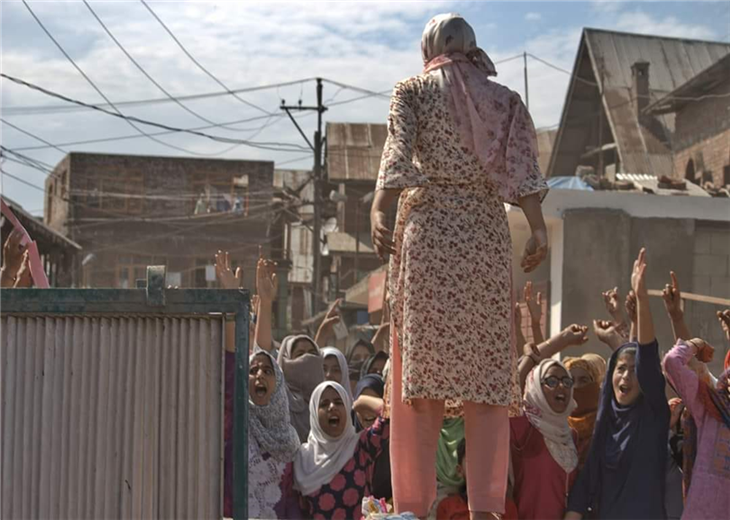
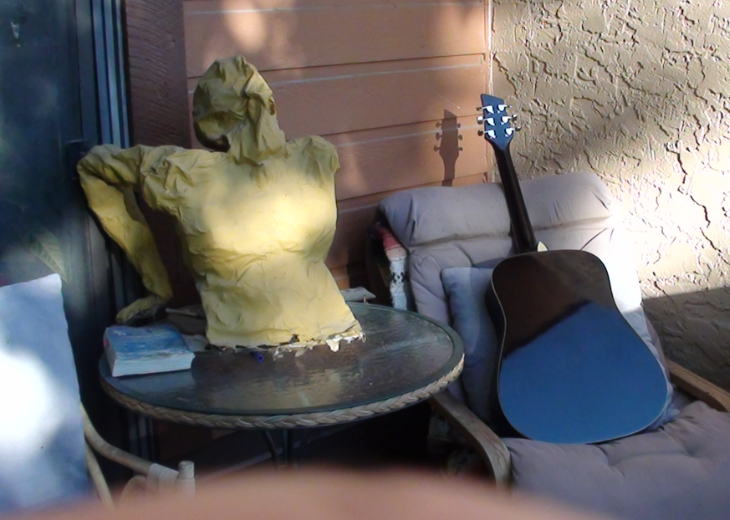
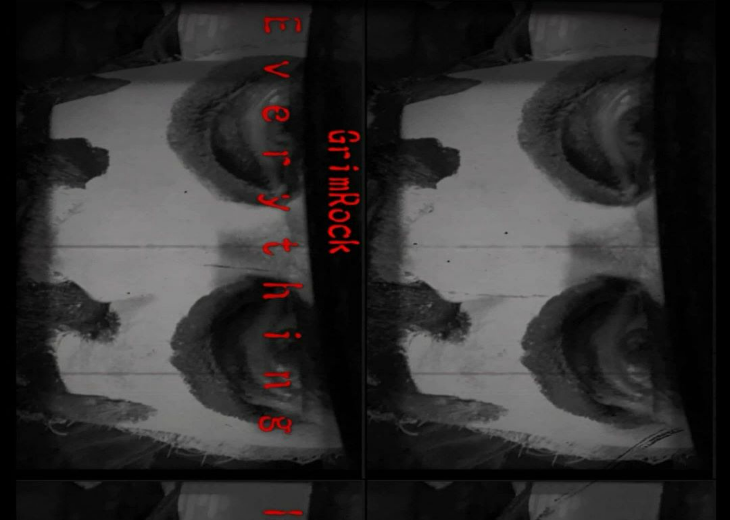
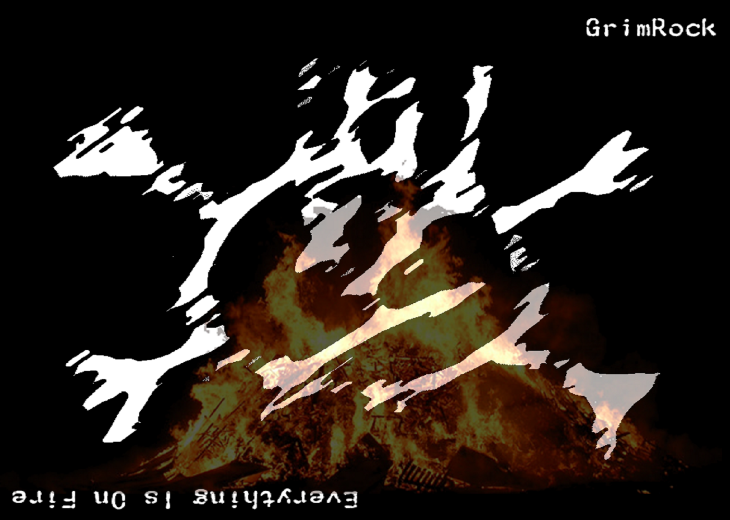
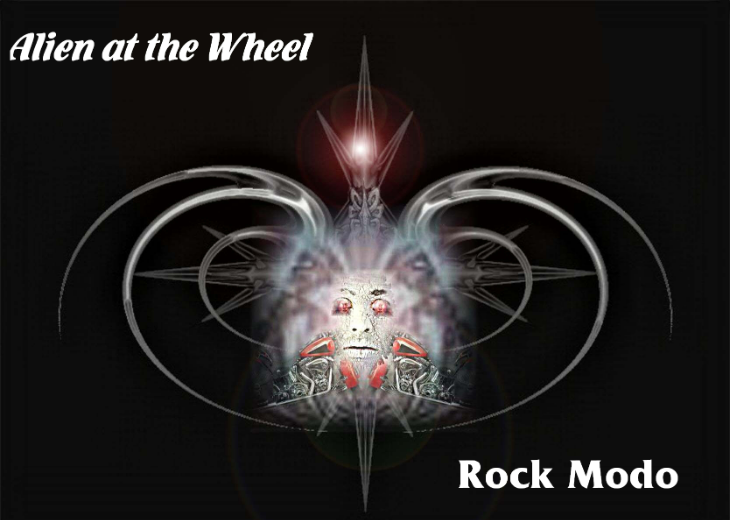
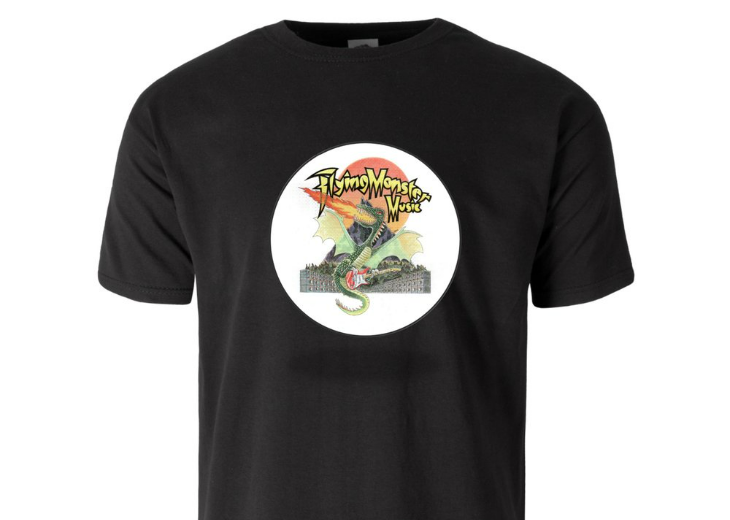
Comment (0)